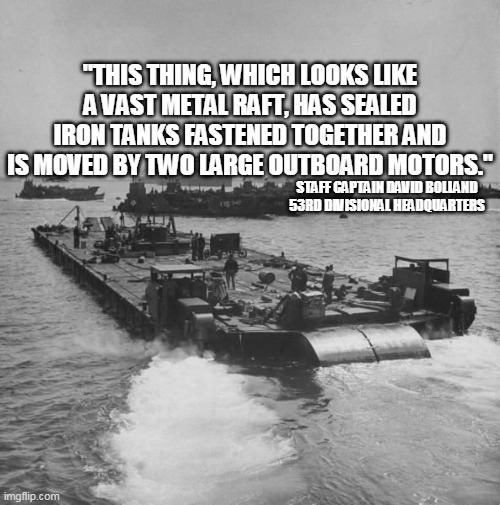This essentially turns it into a very shiny paperweight.
So is Apple's anti-theft security a wonderful boon to users?
Or is it just another evil corporation strengthening it's monopoly power?
This essentially turns it into a very shiny paperweight.
My how the corporate overlords have trained us to be their apologists.
Unfortunately I hadn't read up enough to be an expert on their T2 chip and Activation lock.
But there's a lot of assuming happening there.
Ah but the buyer should beware, right?
Maybe. We'll assume yes now for the sake of argument.
Great. Why does Apple care?
That'd be a MUCH bigger profit incentive for Apple than merely cracking down on stolen computers
Any buyer who knows about this is going to be VERY worried about buying a used computer. Apple has effectively drastically reduced the used computer market for their computers.
Which costs money.
AND you have to have the ORIGINAL proof of purchase.
This may provide me with recourse, because I have the expertise to do it (though it's unclear if I have the patience — I may just get my money back from ebay).
People who steal computers.
It is Apple's administration of this new technology that is monopolist and outrageous.
More from Tech
1. One of the best changes in recent years is the GOP abandoning libertarianism. Here's GOP Rep. Greg Steube: “I do think there is an appetite amongst Republicans, if the Dems wanted to try to break up Big Tech, I think there is support for that."
2. And @RepKenBuck, who offered a thoughtful Third Way report on antitrust law in 2020, weighed in quite reasonably on Biden antitrust frameworks.
3. I believe this change is sincere because it's so pervasive and beginning to result in real policy changes. Example: The North Dakota GOP is taking on Apple's app store.
4. And yet there's a problem. The GOP establishment is still pro-big tech. Trump, despite some of his instincts, appointed pro-monopoly antitrust enforcers. Antitrust chief Makan Delrahim helped big tech, and the antitrust case happened bc he was recused.
5. At the other sleepy antitrust agency, the Federal Trade Commission, Trump appointed commissioners
@FTCPhillips and @CSWilsonFTC are both pro-monopoly. Both voted *against* the antitrust case on FB. That case was 3-2, with a GOP Chair and 2 Dems teaming up against 2 Rs.
2. And @RepKenBuck, who offered a thoughtful Third Way report on antitrust law in 2020, weighed in quite reasonably on Biden antitrust frameworks.
3. I believe this change is sincere because it's so pervasive and beginning to result in real policy changes. Example: The North Dakota GOP is taking on Apple's app store.
Republican North Dakota legislators have introduced #SB2333, a bill that prohibits large tech companies from locking their users into a single app store or payment processor.https://t.co/PgyhgOhFAl
— Cory Doctorow #BLM (@doctorow) February 11, 2021
1/ pic.twitter.com/KZ8BMFQoPO
4. And yet there's a problem. The GOP establishment is still pro-big tech. Trump, despite some of his instincts, appointed pro-monopoly antitrust enforcers. Antitrust chief Makan Delrahim helped big tech, and the antitrust case happened bc he was recused.
5. At the other sleepy antitrust agency, the Federal Trade Commission, Trump appointed commissioners
@FTCPhillips and @CSWilsonFTC are both pro-monopoly. Both voted *against* the antitrust case on FB. That case was 3-2, with a GOP Chair and 2 Dems teaming up against 2 Rs.





























